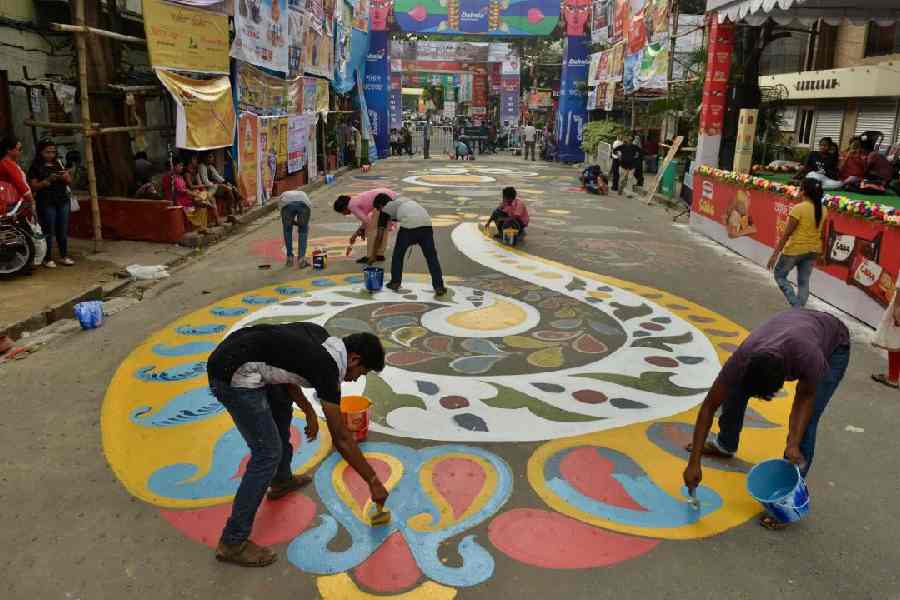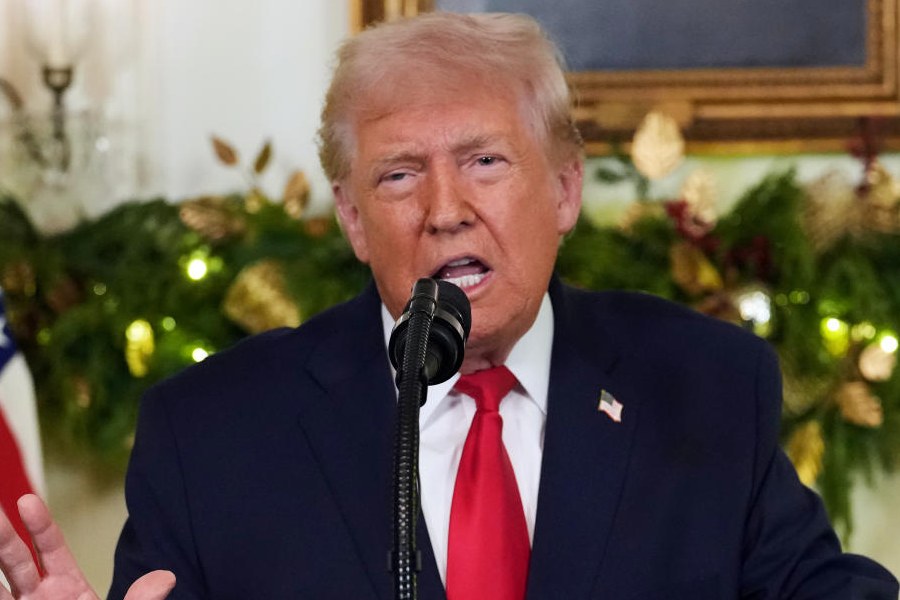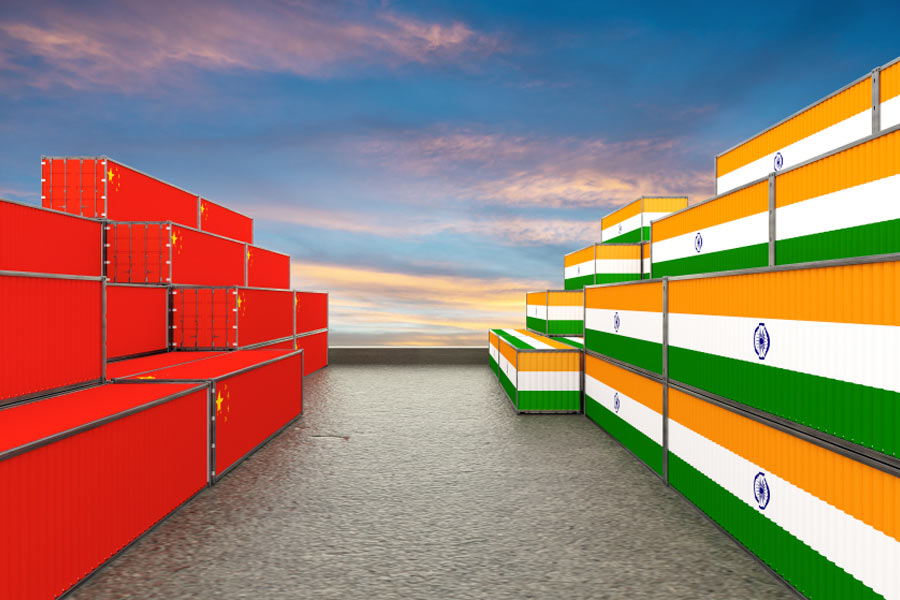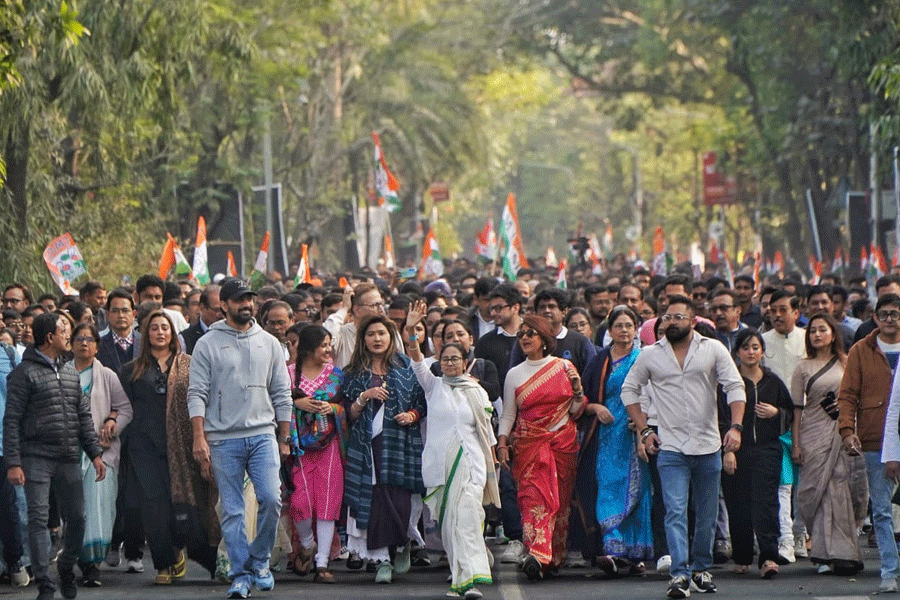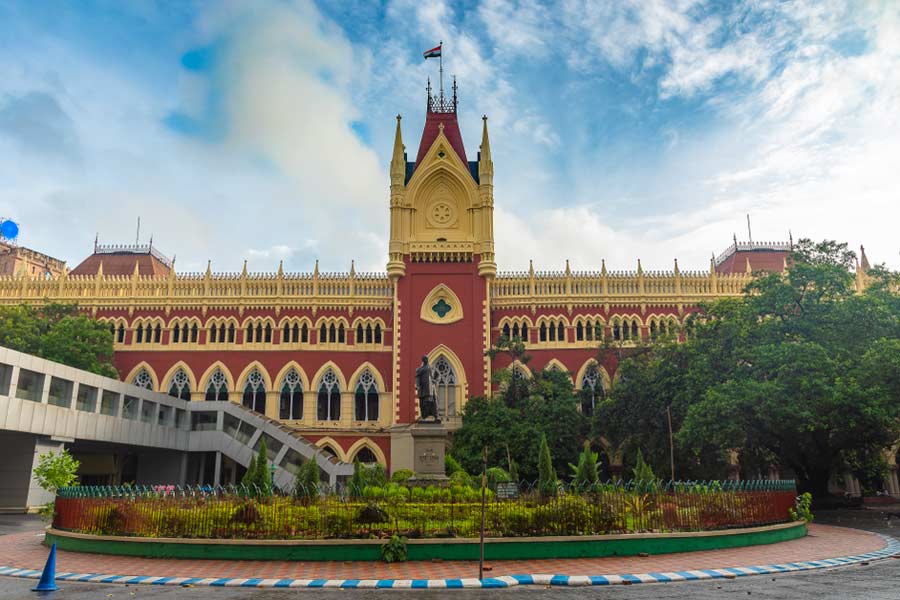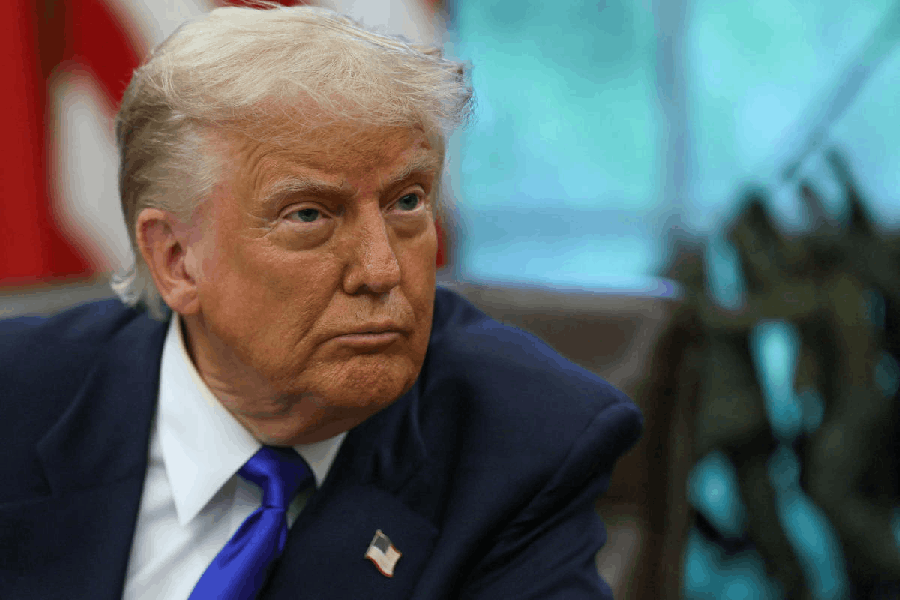For Durga Puja, Samaj Sebi Sangha had transformed its lane into a flowing alpana painted by volunteers. At Lalbagan, a forest of 8,000 plants advocated environmental renewal. Another Puja organiser used abstract forms to explore inner conflict and resilience.
In Bengal, even sacred rituals become acts of collective imagination. Narrative and new formats are embraced with curiosity and celebration. This cultural confidence, woven into daily life and ceremony, is not explicitly an economic resource. Yet, it may prove to be the ballast of India’s growth story.
We live in a world of manufacturing glut where product features are quickly replicated. Most smartphones today, for instance, offer similar capabilities. Yet Apple captures 80% of industry profits with less than 20% market share. Its design, security, and aspiration create deeper barriers to entry than its features. Foxconn, which manufactures these devices in China, earns less than $10 per unit. Apple owns the identity and, therefore, the margin. Similarly, Tesla produces a fraction of global EVs but its market capitalisation exceeds that of the entire legacy automotive industry because consumers believe they are driving the future.
This shift from scale to brand explains why the export-led B2B model that once propelled China is yielding diminishing returns. Cities like Dongguan and Wenzhou became global manufacturing hubs, producing shoes, toys, and 80% of the world’s eyeglass frames, often priced under $2. Yet the profits accrue to brands such as Luxottica and Warby Parker, which shape consumer desire. While China has, in recent years, developed global consumer platforms, from Alibaba to TikTok, its position in the value chain remains shaped by its manufacturing legacy. Mao’s Cultural Revolution fractured artisanal continuity, severing the civilisational memory that had sustained the crafts of silk, tea, porcelain, and even the notion of a civil service. In the decades that followed, China reopened to global trade as a mass-producer of widgets that powered its rise. But to be a reliable yet fungible supplier no longer offers strategic leverage when others create the need to consume. This predicament will only deepen as Artificial Intelligence and robotics drive marginal costs lower, but imagination and connection will remain defensible moats.
How can India learn from the experience of countries that have navigated the transition to consumer economies?
In the United States of America, a venturesome consumer base, moulded by immigration, rewarded novelty. Sears, Roebuck and Company pioneered the mail-order catalogue, reaching rural buyers and growing into one of the world’s largest firms. That model, updated by digital technology, evolved into Amazon. American consumers embraced the unfamiliar when it offered value, enabling disruption across industries. In San Francisco’s transport sector, for instance, Uber displaced taxis and built a global franchise; now Waymo is replacing drivers altogether.
Britain shaped consumer behaviour through Empire. Lever Brothers penetrated rural markets across the colonies. Long before Indian brands emerged, soaps such as Lifebuoy and Sunlight were household names. Even tea, now central to Indian identity, was first cultivated in Assam to break China’s monopoly. It became mass-consumed only after sustained advertising campaigns. In the 1920s and the 1930s, ‘tea tonga’ carts offered free samples and demonstrations: early B2C efforts embedding tea into daily ritual. Decades later, Satyajit Ray designed Tea Board campaigns. His detective, Feluda, a figure of intellect and bhadralok refinement, drank Makaibari tea, aligning it with quiet discernment. Today, such associations ensure most Indian tea is domestically consumed.
Italy turned objects into cultural artefacts. Ferrari cars, Barolo wines, and Gucci handbags express place, process, and symbolism. From the Roman ideal of cultivated life to Renaissance guilds, Italy built systems that transmitted skill and beauty. Cities such as Florence and Venice fused commerce with art. They developed civic institutions — legal codes, accounting systems, urban design — that supported trade through taste. This generated employment not only in factories but also in ateliers, kitchens, studios, and theatres. Their products became markers of Western civilisation; their cultural power radiated globally, shaping consumption habits across continents.
For decades, India lacked the consumer base to build an aspirational economy. A poorer country naturally prioritised price, fragmenting demand and limiting scale. Tamil Nadu and Gujarat led in low-cost manufacturing; Bengaluru built the digital backbone on entry-level tech workers. But as India nears the goal of being the world’s third-largest economy, that equation changes. A large middle class can now patronise brand-rich, design-led companies rooted in India’s cultural imagination.
Nowhere is that imagination more visible than in Bengal.
Yet Calcutta missed several moments of transformation over the past century. Partition and the influx of refugees reshaped what was once India’s leading industrial state. The exit of European businesses following the 1966 devaluation and the abolition of managing agencies hollowed out its commercial base. The Naxalite movement and decades of Leftist politics drove away business. Even legacy institutions — such as the State Bank of India, founded as the Bank of Bengal, and Life Insurance Corporation, whose largest constituent was the Calcutta-based Hindustan Co-operative Insurance Society — shifted elsewhere, reflecting the city’s waning political and commercial influence.
Bengal’s old industries declined. Tea lost ground to global competition; indigo vanished with synthetics; jute was replaced by plastic. The zamindari system, which sustained elite consumption and urban development, was abolished without modern capital infrastructure to replace it. Calcutta, once a peer to Bombay in trade and finance, lost its footing.
But if the last century was marked by retreat, this one may be defined by renewal: not through smokestacks but through narrative and creativity that engender value. This may be Calcutta’s new recipe.
Calcutta may not lead in industrial output, but it retains cultural depth. The Dover Lane Music Conference, club football, the Kolkata Literary Meet, the institution of adda — they reflect a society intimately engaged with ideas and community. Bengal has produced artists, academics and audiences attuned to nuance and expression. From Ramakrishna Mission’s online Vedanta talks to Santiniketan’s open-air education, Bengal has long reimagined formats and reinvented how they are experienced. That fluency can now power a creative economy. Sabyasachi’s couture, Experimenter’s galleries, Asma Khan’s kitchens, and Yangdup Lama’s cocktails each turn taste into value.
Bengal need not replace Gujarat or Tamil Nadu; it can elevate what they make. It can help India become not merely a manufacturing power but a nation where one beloved brand outweighs a container ship of undifferentiated goods. Cultural resonance travels farther than scale.
Indian entrepreneurs are increasingly taking note. Forest Essentials began by supplying ayurvedic treatments to hotels and has grown into a brand shaped by ritual and refinement. Obeetee, once exclusively an exporter of handmade carpets, now weaves chikankari and jamawar into rugs with designers such as Tarun Tahiliani and J.J. Valaya. Naturals turned its roots as Mumbai fruit sellers into its identity for ice-creams. Amrut, originally an alcohol supplier to the defence forces, created an award-winning single malt.
To fulfil this opportunity, India must invest not only in factories but also in learning; not only in logistics but also in language. We need design schools, craft studios, galleries, and biennales. Our infrastructure must include venture firms, creative incubators, and marketing agencies. Brand India must reflect not just what we make but what we imagine.
In this new economy, the consumer is no longer merely a buyer but a collaborator, a custodian of taste, and a storyteller. And it is a story that is ours to tell.
Rudra Chatterjee is Chairman of Obeetee, Managing Director of Luxmi Tea, and writes on finance and economic issues

